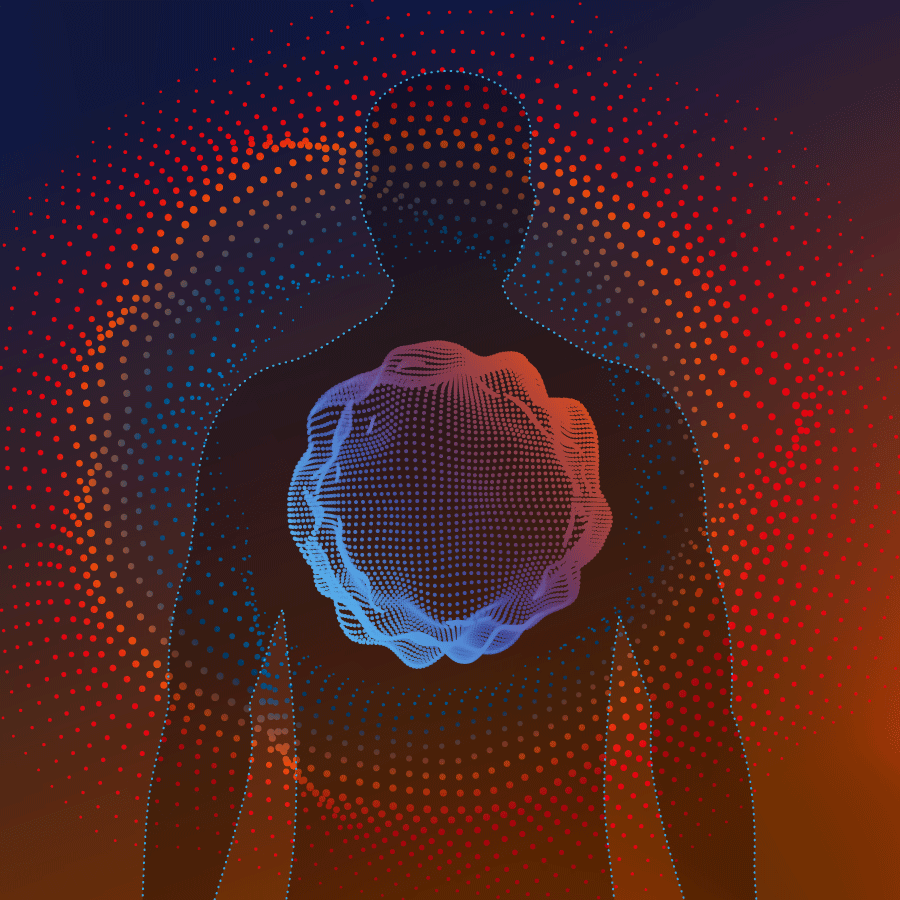
Even before the social distancing mandated by COVID-19, work from home (WFH) was a growing trend in many industries, with as many as 4.7 million workers in the US working from home at least periodically1. I’ve been working from home for several years now, and I believe high-speed connectivity, virtual collaboration tools, and other technologies have made WFH easier. Now, COVID-19 has thrust masses of new workers into this WFH arrangement impacting meaningful in-person connections with co-workers, direct reports, and customers.
I’ve always debated the balance of cost vs. efficiency in the choice between a virtual meeting versus a face-to-face meeting. COVID-19 has added a new factor to this in-person vs. virtual balance in meetings – that of safety. To deal with the challenges brought forth by this new element, companies will have to be creative, resourceful, and rely on new tools and technologies. A few technologies that will become more useful as well as essential in this new business environment are Automation and Artificial Intelligence (AI).
Automation, AI, and the new world
Already, the impact that solutions such as Robotic Process Automation (RPA) have had on business has been nothing short of transformational. Companies are eliminating massive amounts of manual human effort with RPA, freeing up their time to focus on more productive things like customer service.
One of the most important elements in deploying RPA technology is assessing where to use it. There are countless places where RPA makes sense, among processes that are manual, repetitive, and high volume. Besides, there are business functions that involve significant human creativity and decision making, which currently makes them less viable for RPA. However, as RPA technology evolves and more AI is infused into robots making them ‘smarter’; more and more types of business process, even if they involve human-like decision making, can be automated.
The tricky ones are business processes that fall somewhere in the middle. These processes can only be partially automated and still need a human involved – not because of the cognitive advantages the human offers, but their personal connections. For instance, there may be functions where you can service your customer with a robot, but the personal connection of a human may create more value.
If you observe at a macro-level how RPA and AI are trending in various industries, you get a sense of where this is going. Businesses are gradually calibrating to an equilibrium of humans and robots in their various departments. Business functions will eventually settle into a state where humans and robots work seamlessly together, capitalizing on the benefits of both for the best outcomes – whether it be customer services, costs, or productivity.
At EdgeVerve, we envision a world where the two forces – the human worker and digital worker (robots) – converge to co-create the future worker, enabling a synergy of people, process, and technology. We call this convergence Automation Singularity.
Moving towards Automation Singularity
So, what does this have to do with working from home? Over and above the advantage of robots as 24×7 workers that are more accurate and efficient, is the fact that they don’t transmit biological viruses. And that’s a key advantage for businesses grappling with the ‘new normal’ of COVID-19. You don’t have to worry about robots working in close proximity, taking their temperature, or a testing regimen for COVID-19. Corporations right are now making tough choices about who really needs to go back to work in the office and will likely continue to grapple with these decisions.
In my opinion, the shift in the virtual vs, in-person WFH balance affects the human vs. robot RPA balance. Processes that were previously borderline opportunities for automation may now be fast- tracked. The reduced risk and increased safety associated with robots will shift many processes to become more viable candidates for RPA. The shift to WFH in business will accelerate RPA adoption and get us faster to Automation Singularity.
Three ways Automation Singularity can help companies in the COVID-19 crisis
Companies are likely to embrace Automation Singularity to improve worker safety and effectiveness by:







